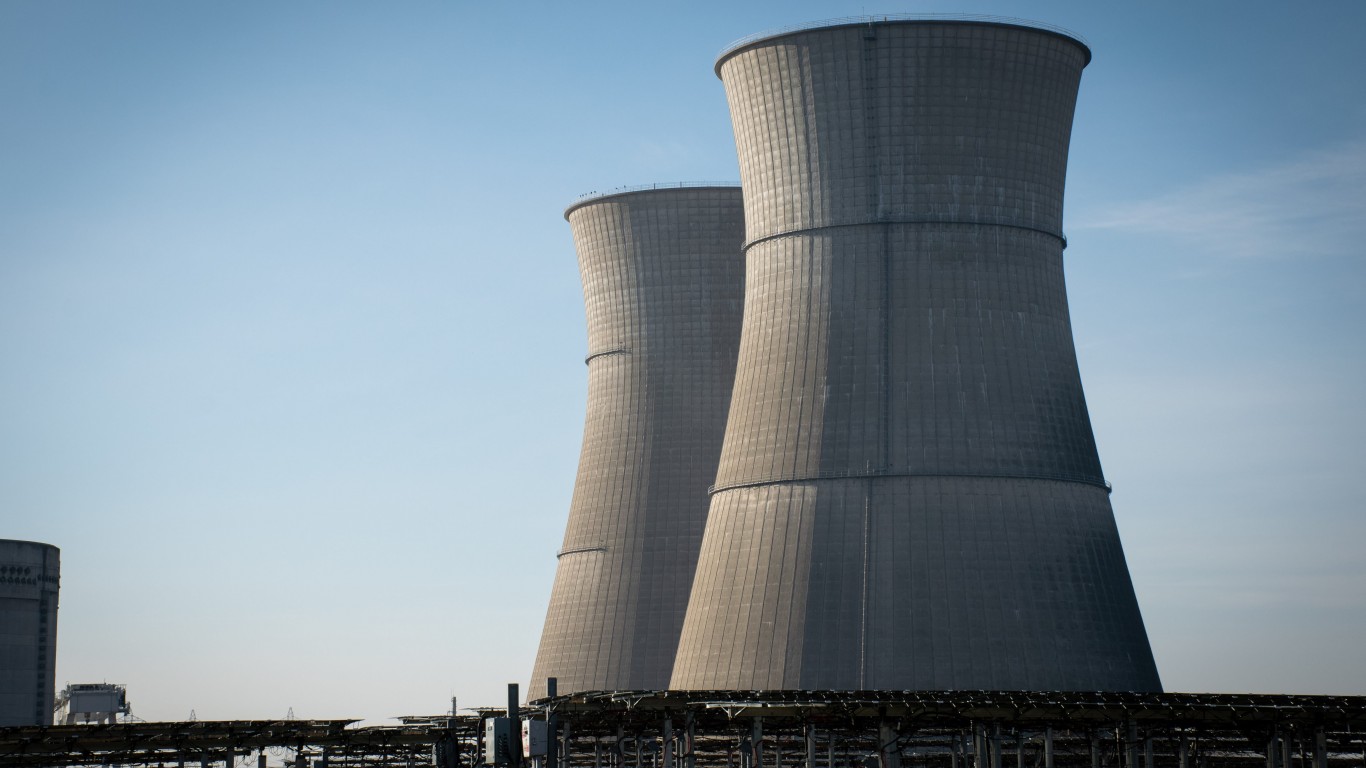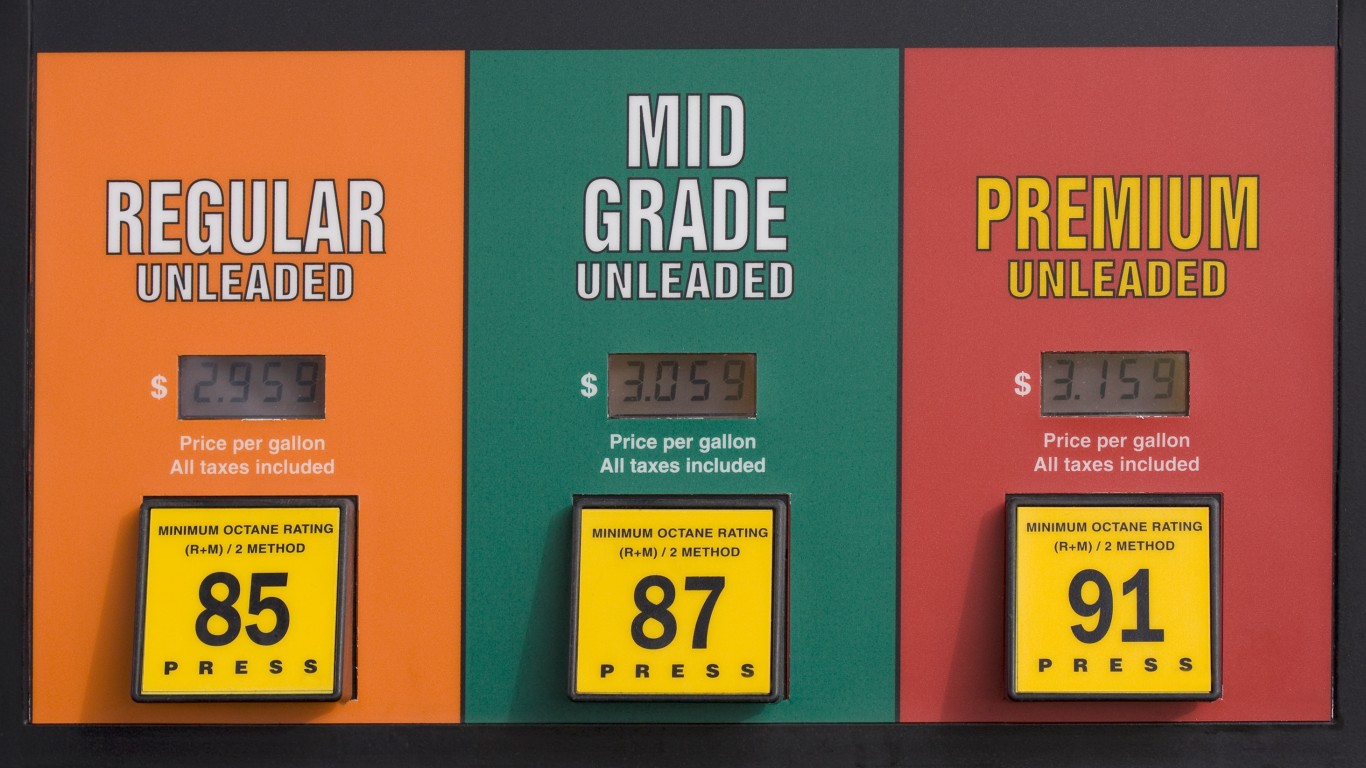
The U.S. Energy Information Administration (EIA) released its weekly petroleum status report Wednesday morning, showing that U.S. commercial crude inventories increased by 1.9 million barrels last week, maintaining a total U.S. commercial crude inventory of 459 million barrels. The commercial crude inventory remains in the upper half of the average range for this time of year.
Tuesday evening the American Petroleum Institute (API) reported that crude inventories rose by 6.53 million barrels in the week ending November 10. API also reported gasoline supplies rose by 2.4 million barrels and distillate inventories fell by 2.57 million barrels. For the same period, analysts had consensus estimates for a decrease of 2.85 million barrels in crude inventories, a drop of 1.0 million barrels in gasoline and a decline of 1.8 million barrels in distillate stockpiles.
Total gasoline inventories increased by 900,000 barrels last week, according to the EIA, and have risen to the middle of the five-year average range. U.S. refineries produced 9.9 million barrels of gasoline a day last week, down about 300,000 barrels a day compared to the prior week. Total motor gasoline supplied (the agency’s proxy for demand) averaged about 9.4 million barrels a day for the past four weeks, up about 100,000 barrels a day compared with the prior week.
Before the EIA report, benchmark West Texas Intermediate (WTI) crude for December delivery traded down about 1.1%, at around $55.13 a barrel, and traded at $55.00 shortly after the report’s release and fell further to around $54.97 minutes later. WTI settled at $55.70 on Tuesday and opened at $55.06 Wednesday morning. The 52-week range on December futures is $43.08 to $58.44.
Crude oil prices took a hit on Tuesday following the monthly oil market report from the International Energy Agency (IEA). The agency sees an oversupplied market through the end of the first quarter of 2018.
Ahead of its meeting later this month, OPEC is trying to convince Russia that the producing nations need to agree to extend the production cuts before the cartel’s meeting in Vienna later this month. OPEC wants to extend the cuts through the end of next year and the Russians have indicated that they prefer to wait to decide until they see the results of the current period that expires in March.
According to the IEA, the most serious threat to a rebalancing of the oil market is non-OPEC production, particularly from the United States. The IEA expects non-OPEC production to rise by 700,000 barrels a day in 2017 and by double that amount in 2018. Demand is not expected to keep up and that means prices will decline.
In the futures and options market, long contracts for Brent crude began selling off last week. That could mark the beginning of a downward correction in Brent prices that eventually will weigh on WTI prices as well.
Week over week, U.S. crude oil exports rose by 260,000 barrels a day last week and U.S. production rose by 25,000 barrels a day. Exports averaged 1.13 million barrels a day last week and have a cumulative daily average for the year of 901,000 barrels a day, a 91% increase over the year-ago export total.
Distillate inventories decreased by 800,000 barrels last week and remained in the lower half of the average range for this time of year. Distillate product supplied averaged over 4 million barrels a day for the past four weeks, up by 0.8% compared with the same period last year. Distillate production averaged over 5.2 million barrels a day last week, roughly flat compared to the prior week’s production.
For the past week, crude imports averaged about 7.9 million barrels a day, up by 521,000 barrels a day compared with the previous week. Refineries were running at 91% of capacity, with daily input averaging over 16.6 million barrels a day, about 334,000 barrels a day more than the previous week’s average.
According to AAA, the current national average pump price per gallon of regular gasoline is $2.564, up less than two cents from $2.548 a week ago and up about nine cents per gallon compared with the month-ago price. Last year at this time, a gallon of regular gasoline cost $2.157 on average in the United States.
Here is a look at how share prices for two blue-chip stocks and two exchange traded funds reacted to this latest report.
Exxon Mobil Corp. (NYSE: XOM) traded down about 0.7%, at $81.67 in a 52-week range of $76.05 to $93.22. Over the past 12 months, Exxon stock has traded down about 5.3%.
Chevron Corp. (NYSE: CVX) traded up about 0.1%, at $117.01 in a 52-week range of $102.55 to $120.89. As of last night’s close, Chevron shares are trading up about 7.3% over the past 12 months.
The United States Oil ETF (NYSEARCA: USO) traded down about 0.3%, at $11.10 in a 52-week range of $8.65 to $12.00.
The VanEck Vectors Oil Services ETF (NYSEAMERICAN: OIH) traded down about 2.1% at $23.82 in a 52-week range of $21.70 to $36.35.
It’s Your Money, Your Future—Own It (sponsor)
Are you ahead, or behind on retirement? For families with more than $500,000 saved for retirement, finding a financial advisor who puts your interest first can be the difference, and today it’s easier than ever. SmartAsset’s free tool matches you with up to three fiduciary financial advisors who serve your area in minutes. Each advisor has been carefully vetted and must act in your best interests. Start your search now.
If you’ve saved and built a substantial nest egg for you and your family, don’t delay; get started right here and help your retirement dreams become a retirement reality.
Thank you for reading! Have some feedback for us?
Contact the 24/7 Wall St. editorial team.




